Intra-articular injections

specialists

equipment

treatment
What drugs are used for intra-articular injections?
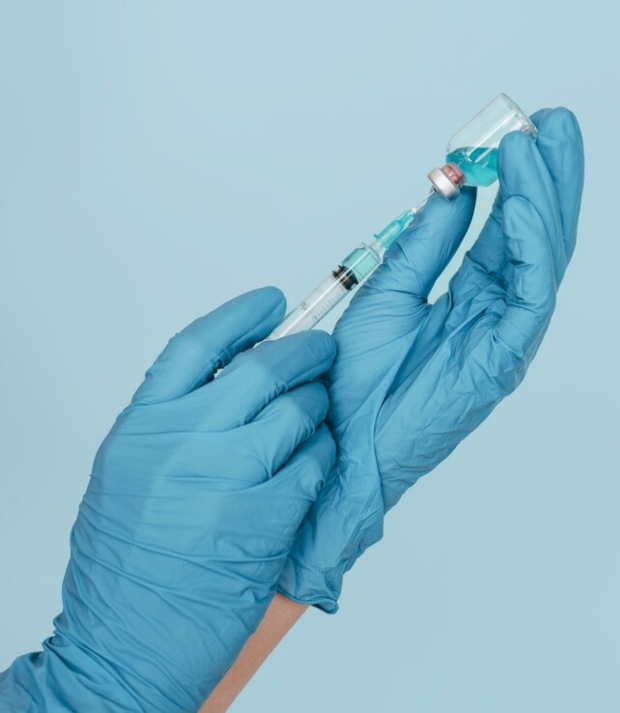
The choice of medication depends on the nature of the disease, the age and general condition of the person, the level of pain, as well as the presence of concomitant diagnoses. This choice is made during the examination. The following types of drugs are usually used:
- Glucocorticosteroids. They are used to reduce inflammation. Local injection reduces the likelihood of a negative effect of the drug on internal organs. In addition, such drugs reduce swelling, discomfort and improve movement in the joint. However, they do not promote tissue regeneration and are effective for no longer than three months. Therefore, it is important to find out and eliminate the underlying cause of the disease in order to get rid of the symptoms forever
- Chondroprotectors. These injections are intended to treat the destruction of cartilage tissue in the joint area. They normalize metabolic processes and stimulate the body to actively produce its own collagen
- Hyaluronic acid. This is the main component of synovial fluid (synovia). The introduction of such drugs, which are called artificial substitutes for synovial fluid, improves its consistency, making it thicker. Hyaluronic acid protects joints from damage and early wear, helps restore the functions of synovial fluid and reduce swelling
- Gas injections. This treatment is called carboxytherapy. The technique is used for diseases of the joints and spine, affecting the nervous system. Medical carbon dioxide is injected into the joint, which creates the effect of oxygen starvation. This increases blood flow and accelerates the restoration of damaged tissues
- Plasma therapy (blood injections). Injections enriched with platelets help restore tissues and improve their functions
In our clinic, such procedures are performed by a qualified orthopedic doctor. He will carefully inject the drug into the joint. This guarantees minimal pain and a high level of treatment effectiveness.
General information about the procedure
Our advantages
We use advanced methods of diagnosis and treatment of diseases of the musculoskeletal system. Our team performs intra-articular injections of various drugs that have a long-term therapeutic effect. We employ experienced specialists with many years of experience in performing such procedures.
In addition, we provide a wide range of medical services, including manual therapy, osteopathy, ultrasound diagnostics and much more.
To learn more, call or make an appointment through the website. Our administrator will definitely contact you.

Our doctors

This award is given to clinics with the highest ratings according to user ratings, a large number of requests from this site, and in the absence of critical violations.

This award is given to clinics with the highest ratings according to user ratings. It means that the place is known, loved, and definitely worth visiting.

The ProDoctors portal collected 500 thousand reviews, compiled a rating of doctors based on them and awarded the best. We are proud that our doctors are among those awarded.
Make an appointment at a convenient time on the nearest date
Price
Other services

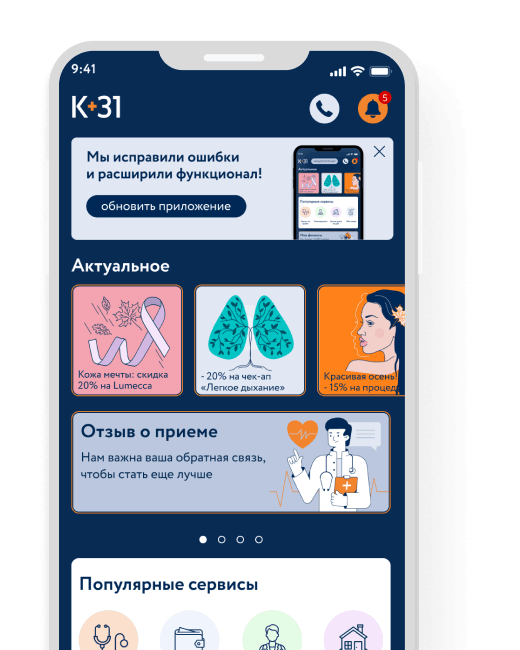
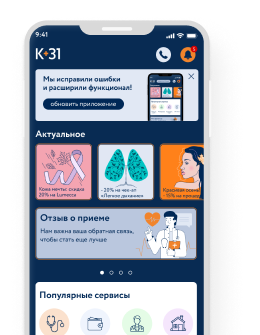



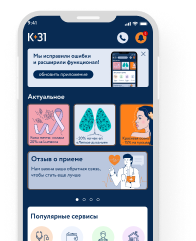
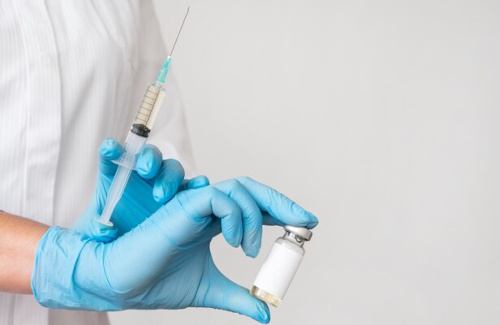









































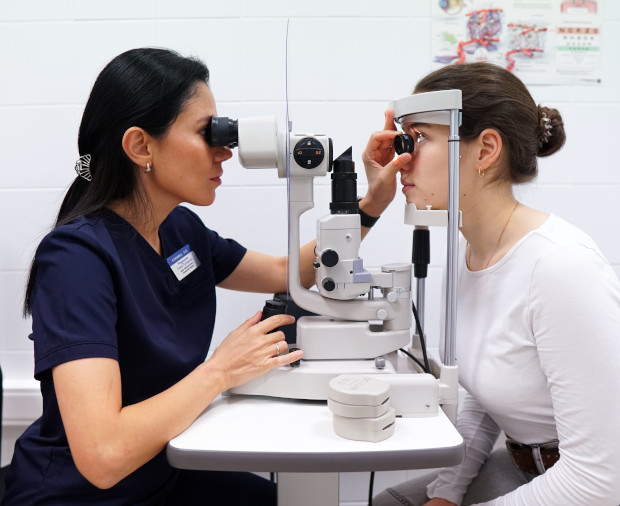




About the service
Drug therapy for arthritis, arthrosis and other similar ailments can take quite a long time. At the same time, it is necessary to eliminate pain as quickly as possible, but the main goal of treatment is to reduce the inflammatory process or alleviate its manifestations and start the restoration of cartilage tissue. The effectiveness of spine or joint therapy can be increased by injection, in which the drug is injected directly into the damaged area where destructive changes occur. Intra-articular injections (blockade) help in this case. They provide pain relief and relieve inflammation.
It is very important that such procedures are performed by a qualified specialist with extensive experience who can accurately select the dosage of drugs according to the doctor's recommendations and correctly perform the procedure without damaging nearby nerve endings. You can sign up for a consultation or a course of intra-articular injections at our clinic. You will be served by experienced doctors who will perform the procedure professionally and painlessly. Leave your phone number and a representative of our clinic will contact you to clarify the appointment.